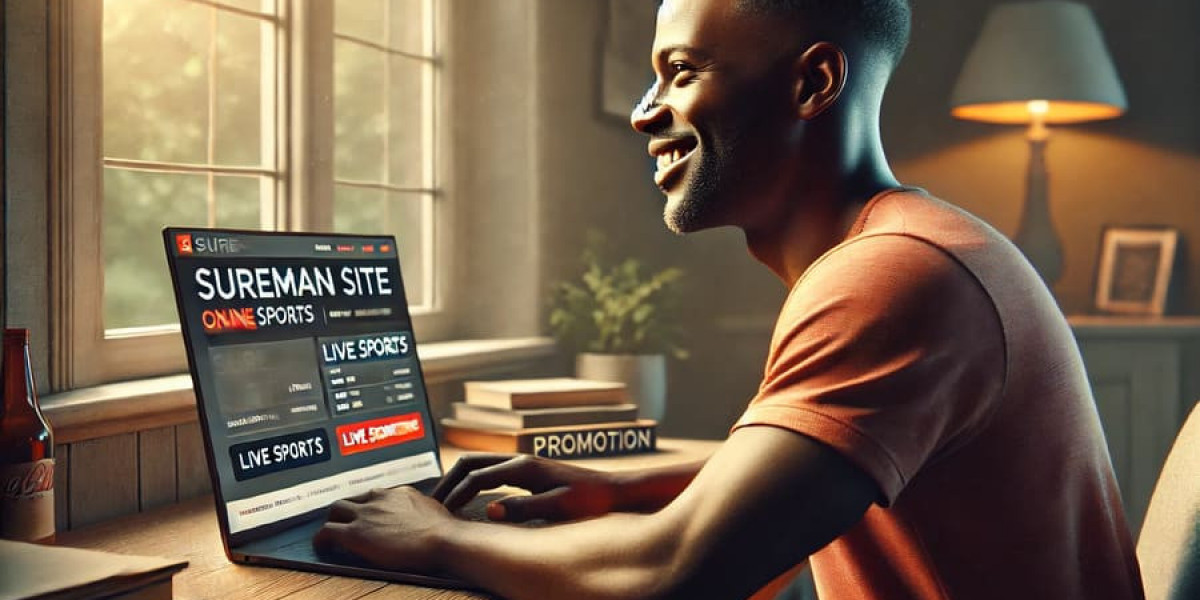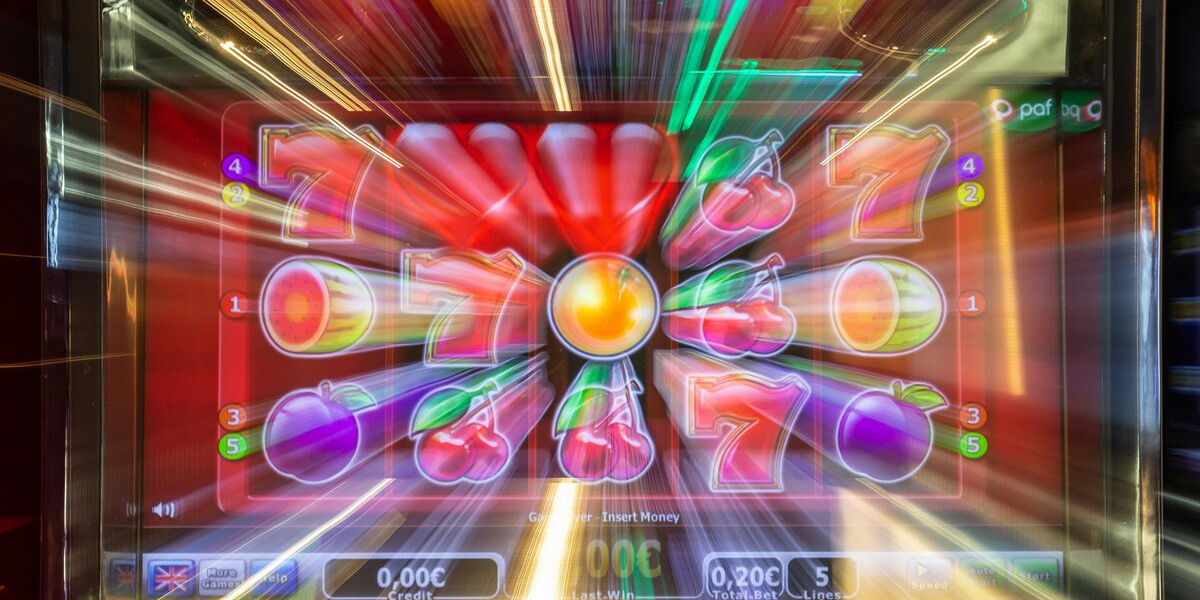1. Understanding the Importance of CCTV Systems
Security camera systems are a vital part of any modern property’s safety plan. Whether for residential or commercial use, CCTV cameras help deter crime, monitor activity, and provide peace of mind. With increased surveillance, potential threats can be identified before they escalate, and incidents can be reviewed through recorded footage. Additionally, visible cameras often discourage trespassers, making your premises a less likely target. For homeowners, it enhances safety for family members and possessions. For businesses, it ensures employee and asset protection, making CCTV a worthy investment.
2. Assessing Your Security Needs
Before starting any installation, assess the specific security needs of your location. Walk around the property to identify vulnerable areas such as entry points, blind spots, and exterior zones. Ask yourself: what do I need to monitor? Is night surveillance important? Should audio recording be included? By understanding your objectives, you can choose appropriate cameras with the right features, such as infrared capabilities, HD resolution, or wide-angle lenses, ensuring your surveillance system is efficient and cost-effective.
3. Choosing the Right Type of CCTV Cameras
There are several types of CCTV cameras, each serving different purposes. Dome cameras are ideal for indoor use due to their discreet design, while bullet cameras work well outdoors with their long-range capability. PTZ (pan-tilt-zoom) cameras offer remote control functionality, ideal for large areas. Wireless cameras are easier to install, but wired systems offer more reliability. Selecting the right type ensures your setup meets your surveillance goals effectively.
4. Selecting the Best Locations for Camera Placement
Strategic placement is key to a successful CCTV system. Cameras should cover all entry and exit points, driveways, hallways, and main living or work areas. For outdoor security, place cameras near garages, fences, and hidden corners. The goal is to eliminate blind spots and capture high-traffic zones. Avoid pointing cameras directly at light sources to prevent glare. Always mount cameras at an appropriate height—around 8-10 feet—to prevent tampering while maintaining a clear view.
5. Planning the Wiring and Power Supply
Wiring is a crucial aspect of a CCTV installation, especially for wired systems. Plan where the cables will run—along walls, in ceilings, or underground. Ensure cables are long enough and avoid crossing over power lines to prevent interference. Most systems require a central power source, often near the DVR/NVR. Use quality cables to avoid signal degradation. Wireless systems need stable Wi-Fi and consistent power sources. Consider using a surge protector to prevent damage during power spikes.
6. Mounting Cameras Correctly
Proper mounting ensures optimal performance and durability. Use sturdy brackets and secure all screws tightly. For outdoor cameras, ensure they are weatherproof and protected from the elements. Tilt and angle the cameras to cover intended areas fully. Test the view through the monitoring device to confirm alignment before finalizing the setup. It’s important not to obstruct the camera lens with wires, walls, or trees. Periodic checks should be scheduled to maintain alignment and cleanliness.
7. Connecting the Cameras to DVR/NVR
A Digital Video Recorder (DVR) or Network Video Recorder (NVR) is central to your surveillance setup. Wired cameras connect to a DVR, while IP cameras link to an NVR. Place the recording unit in a secure, accessible location. Connect each camera via coaxial (DVR) or Ethernet cables (NVR). Ensure a reliable power source and test each connection to verify live footage is transmitted correctly. Organize and label cables for easier troubleshooting in the future.
8. Configuring the System Software
Modern CCTV systems come with software or mobile apps that allow real-time monitoring and playback. Configure your system settings such as date, time, motion detection, and storage preferences. Set up remote access for convenience, enabling you to monitor footage from your smartphone or computer. Most systems also allow notifications for unusual activity. Make sure the software is updated regularly to benefit from security patches and new features.
9. Storing and Managing Recorded Footage
Storage plays a significant role in effective surveillance. DVR/NVR systems typically include a hard drive to store footage for several days or weeks. Choose a system with enough capacity based on the number of cameras and recording duration. Set your system to overwrite old footage automatically to maintain continuous recording. For extra safety, consider backing up critical clips to external storage or cloud platforms. This adds redundancy in case of data loss.
10. Integrating with Alarm Systems
For enhanced protection, integrate your CCTV setup with an alarm system. When a motion sensor or door sensor is triggered, cameras can start recording immediately or send alerts. Integration ensures faster response times and more comprehensive security. If you're looking for a complete package, check out professional services like Security Alarm Supply & Installation, which offer both systems combined for better efficiency.
11. Ensuring Legal Compliance
It’s important to comply with privacy laws when installing CCTV systems. Avoid pointing cameras at neighbors' properties or public streets. Post signage informing visitors about surveillance to maintain transparency. For businesses, inform employees of monitoring policies. Store footage securely and only retain it for a reasonable period. Understanding and adhering to local regulations helps avoid legal complications and builds trust among stakeholders.
12. Hiring a Professional Installer
While DIY installations are popular, hiring a professional can save time and ensure optimal results. Experts assess your premises, recommend the best equipment, and install everything to code. They also handle complex integrations and troubleshooting. Services like Security Cameras Installation offer comprehensive solutions, from consultation to installation and maintenance, making them a valuable partner for hassle-free security setups.
13. Conducting Regular Maintenance Checks
Even the best CCTV systems need regular upkeep. Clean camera lenses monthly, check cable integrity, and ensure the DVR/NVR is functioning properly. Review footage quality and test system alerts periodically. Maintenance prevents small issues from turning into major problems and ensures your system is always ready when needed. Document your maintenance schedule and keep spare parts like cables and power supplies handy.
14. Troubleshooting Common Issues
Frequent problems include blurry footage, offline cameras, or no recording. Blurry images often stem from dirty lenses or poor focus. Offline cameras may have power issues or disconnected cables. No recording could mean full storage or system malfunction. Check all connections, reboot the system, and consult the user manual. For persistent issues, contact a technician. Prompt troubleshooting ensures your surveillance isn’t compromised.
15. Upgrading Your CCTV System Over Time
Technology evolves quickly, and so should your security system. Upgrade to higher resolution cameras, increase storage capacity, or switch to cloud-based backups. Consider adding AI-powered features like facial recognition or heat mapping for commercial spaces. Evaluate your system annually to identify areas for improvement. Staying current enhances safety and maximizes the value of your investment.
FAQs
1. Do I need Wi-Fi for CCTV cameras?
Not always. Wired systems don’t need Wi-Fi, but wireless cameras require a stable connection for live monitoring and storage.
2. How long does CCTV footage stay stored?
It depends on your storage capacity and settings. Typically, footage is stored for 7–30 days unless backed up.
3. Can I access my CCTV system remotely?
Yes, most modern systems allow remote access via smartphone apps or web interfaces.
4. Are CCTV cameras effective at night?
Yes, if equipped with infrared or night vision technology, they can capture clear footage even in low light.
5. Is it legal to install cameras at home?
Yes, but ensure they don't infringe on others’ privacy and comply with local surveillance laws.
6. What is the best height to mount a security camera?
Generally, 8–10 feet off the ground is ideal to prevent tampering and provide a wide view.







